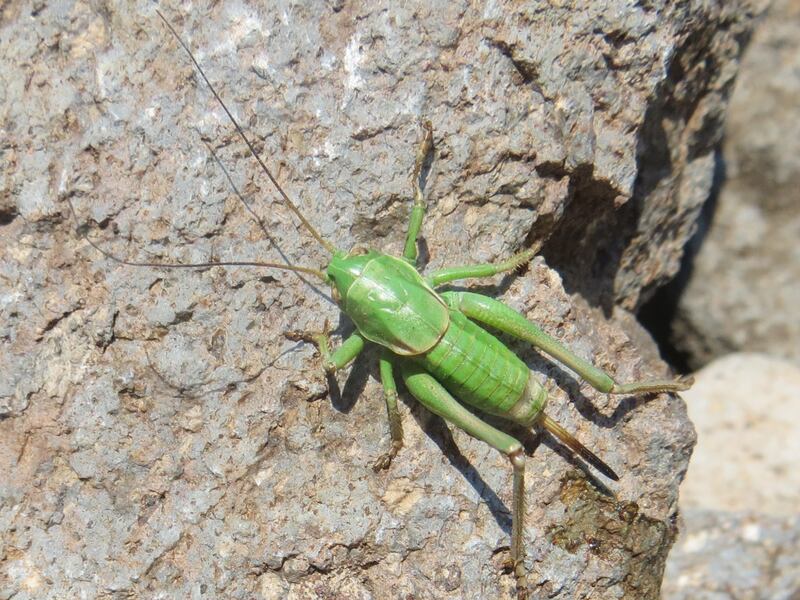Last year, Oregon reportedly suffered its worst outbreak of Mormon crickets in 50 years, causing devastation to a record 10 million acres of rangeland. The state has since announced the Mormon Cricket Suppression Program, with more than $4 million dedicated to stopping the spread of crickets.
What’s the history of Mormon crickets?
Mormon crickets take their name from pioneers who were members of The Church of Jesus Christ of Latter-day Saints. When pioneers settled in the Salt Lake area, these critters posed a serious threat to their crops. The critters almost entirely destroyed the Latter-day Saint pioneers’ fields, but a flock of seagulls swooped in and saved the crops. This event is known as “the miracle of the gulls” and occurred in 1848.
Latter-day Saint pioneers entered the Salt Lake Valley in 1847 and were astonished by the size of the crickets. William Clayton commented, “The ground seems literally alive with very large black crickets crawling around up grass and bushes.”
The crickets plagued the land from 1847 until the miracle of the gulls in 1848. Farmers are recorded to have “prayed and fought and fought and prayed” for the crickets to go away. When grasshoppers seemed to pose a threat to crops several years later, the Deseret News wrote in 1855, “As for the Saints we are perfectly aware that through faith and obedience they can prevail in the grasshopper war, at least as well as they did in the cricket war of 1848.”
J. L. Townsend chronicled the victory of the Saints over the Mormon crickets in his poem:
“Again, each morning they returned,/
As if about the task concerned/
Of clearing all the land so clean/
That not a cricket could be seen./
And to this day, the Saints believe/
The seagulls came here to achieve/
A rescue from impending woes.”
What are Mormon crickets?
While they have the name “Mormon cricket,” they are not true crickets. They are a shield backed katydid and reside in rangeland that is dominated by sagebrush. Mormon crickets have the capacity to destroy entire fields of small grains or alfalfa. Living mostly in the western United States, Mormon crickets cannot fly since they have no wings. They can travel up to a mile a day by climbing.
Jeff Knight, a Nevada entomologist, told local Nevada news site 2 News, “It can be in a sorts, biblical. We get crickets, the high numbers are 20-25 per square yard when they’re larger. When they’re small, we’ll get several hundred per square yard.”
Why is Oregon trying to suppress Mormon crickets?
After the devastating impact of Mormon crickets on 10 million acres of rangeland in 18 different counties, Oregon is taking early steps to ensure that the same devastation from last year does not happen this summer, per Oregon station KTVZ.
These bugs “can have appetites of biblical proportions” and state officials fear past Mormon cricket invasions, according to The Columbian.
In anticipation of this, Oregon passed Senate Bill 5561 in response to the outbreak to set up resources to protect the land from these Mormon crickets. The state will reimburse applicants who own rangeland up to 75% of the cost of treatment. More information about Mormon crickets can be found on Oregon’s state website here.


